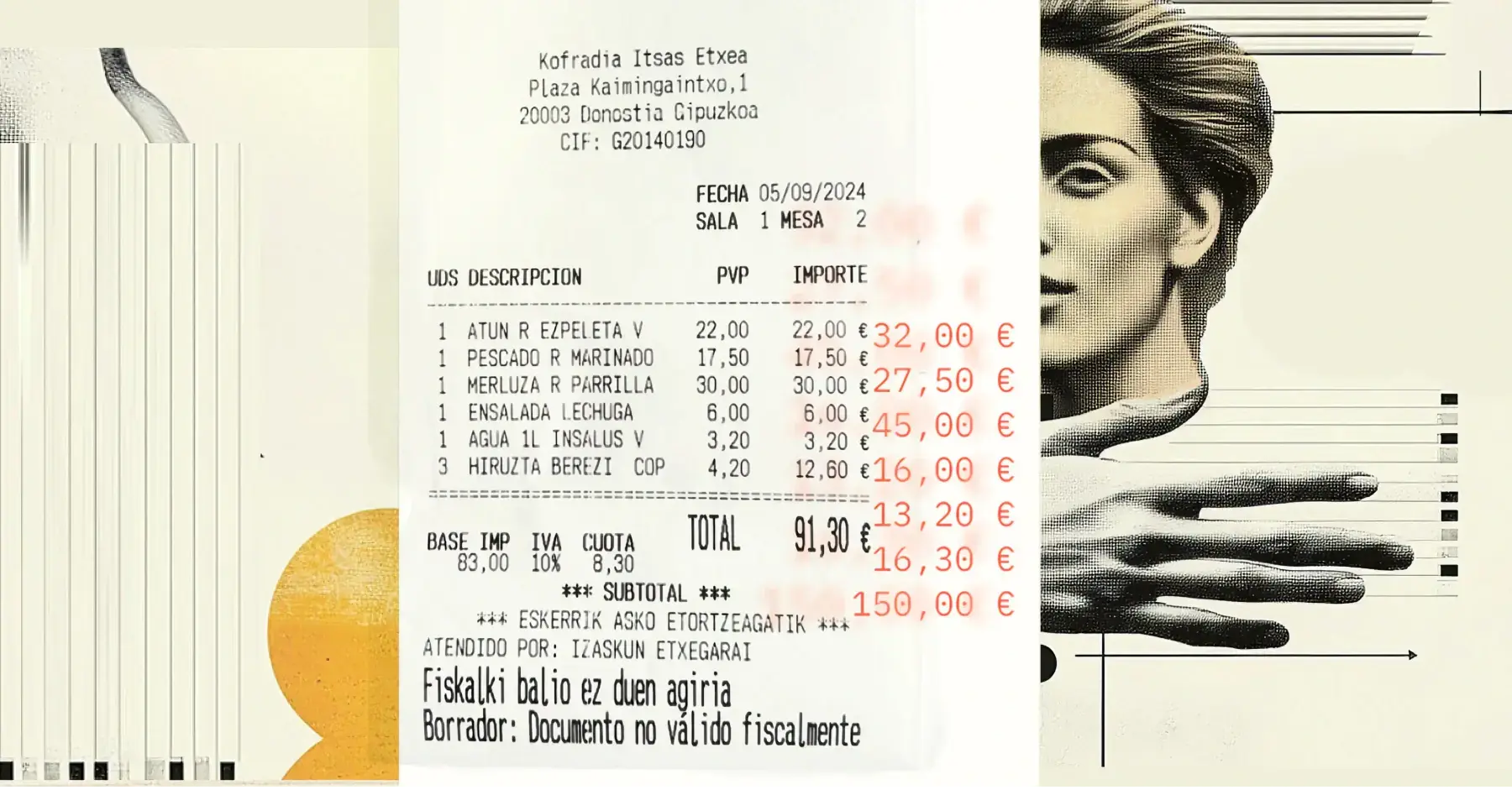Robotic process automation is a very, very hot topic at the moment. RPA technology automates basic repetitive, typically manual, processes and performs them incredibly quickly, accurately, and cost-effectively — making it the current tech darling in the business world.
As if to prove this very point, last month RPA vendor UiPath listed on the New York Stock Exchange with a market cap of more than $35 billion. This is pretty impressive for software that largely follows predefined rules, and is commonly seen as the less sophisticated cousin to the more mature artificial intelligence (AI), and it highlights the massive scope of these kinds of processes.
So what does RPA deliver to the business world, and to the finance department specifically? How does it compare to AI, and where should you use one over the other?
To answer these questions we need to look beyond how RPA and AI actually do things, to the difference they make to organizations.
RPA in Finance
RPA has many use cases, but from a finance viewpoint the most widespread use is the transfer of data from one system to another, or what we used to call “rekeying”. Think of invoice processing as a classic example.
We used to take data extracted from an invoice using zonal templates in OCR scanning tools, check those values manually, and then either rekey them into an ERP system for payment, or at best copy and paste them across. This is an area where RPA bots can significantly improve productivity, reduce error rates, and remove dull, mundane work from staff.
But as with any good thing, there are also issues.
For RPA these challenges include the large amount of time required to set up the bots by skilled, technical staff. Then, more important, the inflexibility of those same bots causes issues if anything changes in the configuration — for example if a new supplier sends an invoice, or an existing one changes the format of its invoices. When this happens, the RPA bot will at best fail gracefully, but at worst pass through the wrong data without knowing it has done so. Either way, large parts of the RPA configuration process needs to be redone when ANY part of the process or associated documents change.
AI in Finance
Hailed as one of the most important technologies ever invented, AI, or artificial intelligence, does things differently. Where RPA follows predefined steps to mimic simple processes, AI instead attempts to work out how to do things on its own, in the same way that a human learns how to do things. This seemingly subtle distinction has huge ramifications.
How is AI used in finance?
In finance, imagine an accounts payable system that can intelligently recognize an invoice supplier by looking at all the clues (just like a human). This could include the corporate logo, the kind of products or services being invoiced, billing addresses, and a lot more. Or an expense auditing system that can “understand” why a $50 lunch at a fast-food restaurant and an evening meal for the same dollar amount at a Japanese restaurant need to be treated differently, and more importantly which should be accepted and which rejected. These are the sort of real-world scenarios that AI is already being applied to.
RPA and AI — better together
So does AI supersede RPA and completely replace it? Not necessarily. As with any technology, there are pros and cons, and situations where RPA is better suited than AI to cost-effectively solve the problem.
- For RPA the areas that focus on high volume, stable, and predictable processing stand to benefit most. Wherever rules exist, repetitive actions are needed, or speed is the essence RPA is the perfect tool.
- AI on the other hand can be applied to more nuanced situations where domain understanding and decisions are needed — areas where rules are more fluid or do not exist at all, where the incoming data is not structured, like documents or human inputs.
But the holy grail of finance is to get AI and RPA to work together, using each one in the various parts of a process where their strengths come to play. In reality, most business processes have multiple parts, some of which will benefit from RPA, some from AI. The key is understanding the scenarios where AI and RPA can be used together to deliver a stronger overall solution.
Examples include using AI to preprocess unstructured documents prior to passing them to RPA for bulk processing or alternatively using AI to detect when existing RPA bots have processed data incorrectly and resolving the issue before invalid data appears downstream in the business. In each of these scenarios, both AI and RPA play active roles in delivering value to the business.
Driving next-level modern finance with RPA AND AI
The RPA market is currently incredibly hot — and shows no sign of cooling off. But artificial intelligence is not far behind. In reality, both markets and their associated technologies are converging, and both stand to get even hotter as a result. When AI and RPA become bedfellows everyone benefits from practical solutions that can address real-world problems.
In reality, this is similar to how humans and technology have worked together over recent years. Automation was used to manage certain processes until things got tricky, at which point humans were required to solve the complicated problems. This same symbiosis can exist here, with RPA delivering routine automation — and AI the intelligence. The winner in this environment is not RPA nor AI, but the finance department.
To learn more about RPA and Finance AI, check out our white paper, Winning at Finance Transformation: RPA vs. AI


